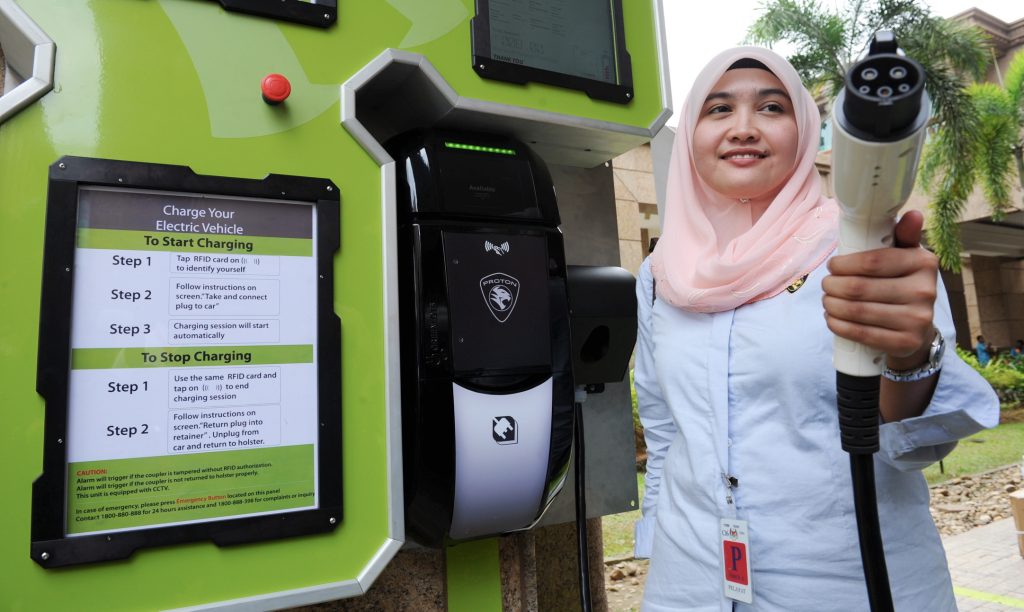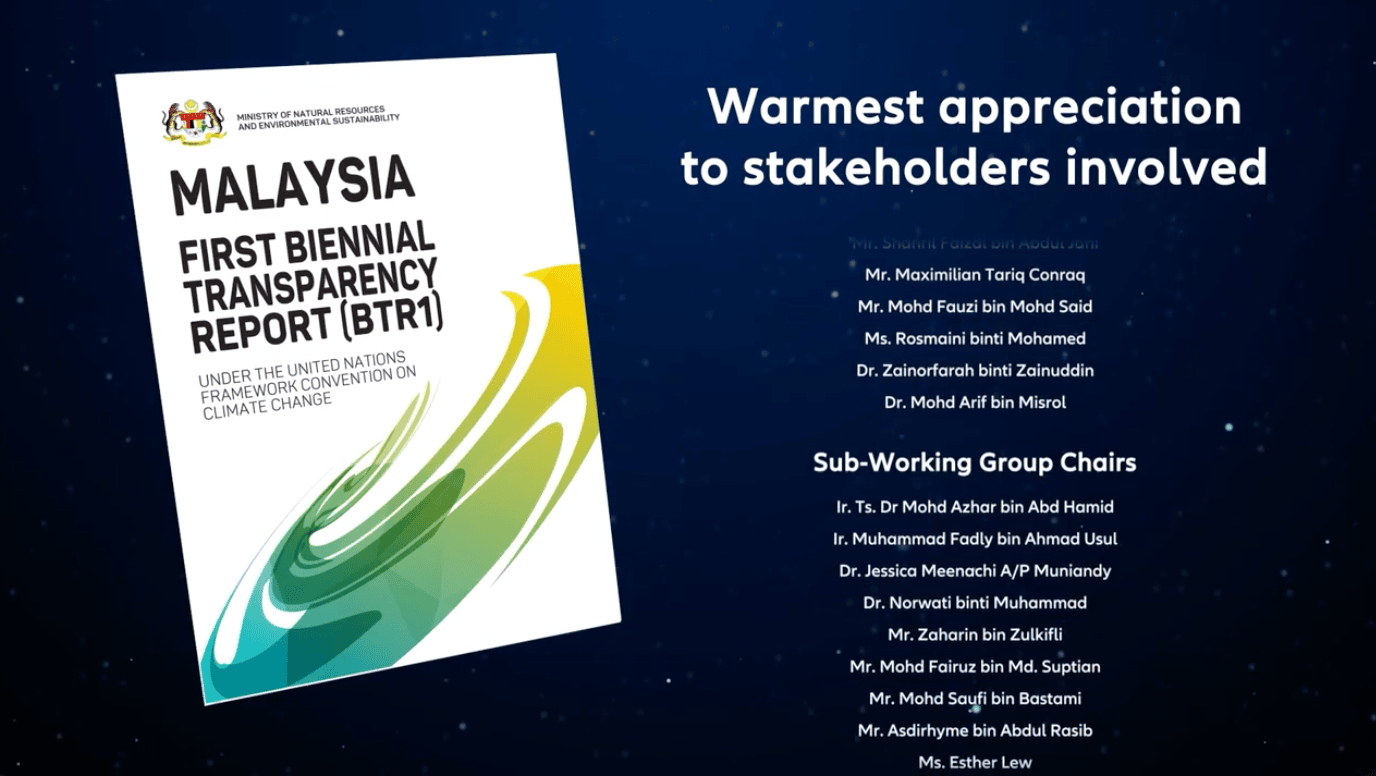
THE Zero Emission Vehicle Association (ZEVA) proposes interventions to support the Malaysia Green Technology Corp’s (MGTC) Low Carbon Mobility Blueprint (LCMB).
The blueprint aims to have 700,000 electric vehicles (EVs) on the road by 2030, up from the current 2,000, by increasing charging infrastructure and proposing a matching grant for research and development (R&D) in the EV industry, specifically catered for the automotive industry.
Through the LCMB, the government targeted 15% of EVs in the annual new sales.
This is then strengthened by the National Energy Policy which targets 38% of EVs in the annual new sales by 2040 with the aim of achieving the 12th Malaysian Plan of net-zero carbon emission by 2050.
According to ZEVA’s survey on EV users in September 2022, the top two concerns of EV adoption are driving distance anxiety and lack of destination charging infrastructure.
To date, the number of chargers in the country is projected to be around 800 for alternating current (AC) chargers and 100 for direct current (DC) fast chargers — reaching almost 10% of the target specified in the LCMB for 2025 (10,000 chargers).
Therefore, in the upcoming formulation of the 2023 budget, ZEVA proposed for the government to provide incentives for starting up cost for any interested local and city councils to set up public charging in any particular city; provide funding allocation of RM500,000 for each rest area catering for six DC chargers per rest area for highway charging; as well as provide grant allocation of RM500,000 for each rest area catering for six DC chargers per rest area for high rise building charging.
ZEVA also said the majority of the incentives in the aforementioned locations are not intended to cover the full cost of the chargers, but rather to cover the costs associated with establishing charging facilities, such as the land for the new power supply substation, new cable trenching, utility mapping, mechanical, civil and electrical consultancy work, and many more.
“The government’s assistance is needed as the first movers’ assets will only be utilising a fraction of the full capacity of these facilities. We believe that the subsequent companies that intend to deploy their chargers nearby will be able to easily leverage these existing facilities, thus encouraging more to invest,” it said in a statement today.
Furthermore, ZEVA has proposed a matching grant for R&D in the EV industry, tailored specifically for the automotive industry.
ZEVA also recommended a cash rebate for trade-ins of gasoline or diesel vehicles to EVs, as well as cash incentives for new EV sales.
The incentive will help to motivate some, if not all, of the high-end new vehicle buyers each year which ZEVA estimated at around 100,000 units.
Aside from that, ZEVA hoped the government could explore extending existing EV subsidies through 2030 to allow the sector time to respond.
“Given the government’s increasing commitment to implementing a targeted fuel subsidy restructure, we see that the savings from the targeted group fuel subsidy can be used to incentivise charging infrastructure.
“Our first calculations revealed that the aforesaid incentives would necessitate only a minor portion of this savings (roughly 16.5%). This will increase the number of EVs by 15 times while reducing greenhouse gas emissions by 17%,” it added.
In addition, ZEVA strongly encourages the Road Transport Department to publicise new EV registrations on a monthly basis in order to properly monitor EV targets.
“We look forward to the government taking our recommendations and concerns about the charging industry and EV adoption into account.
“We believe that longer-term incentives are required to catalyse the expected EV growth trajectory,” it concluded.
Source: The Malaysian Reserve




























